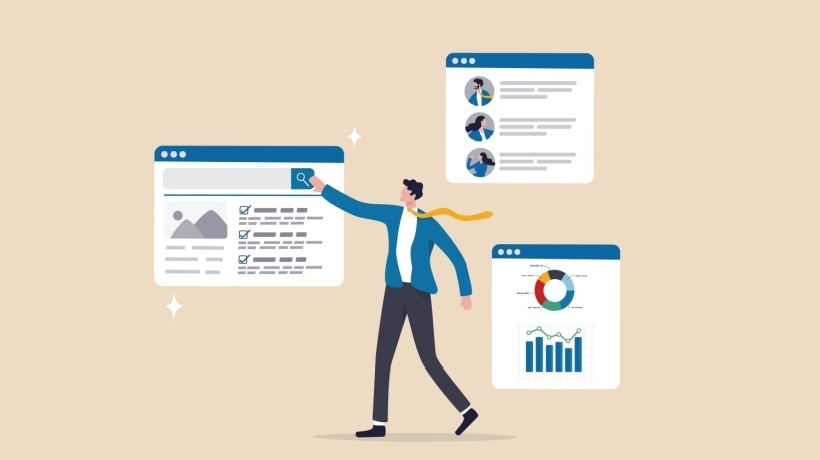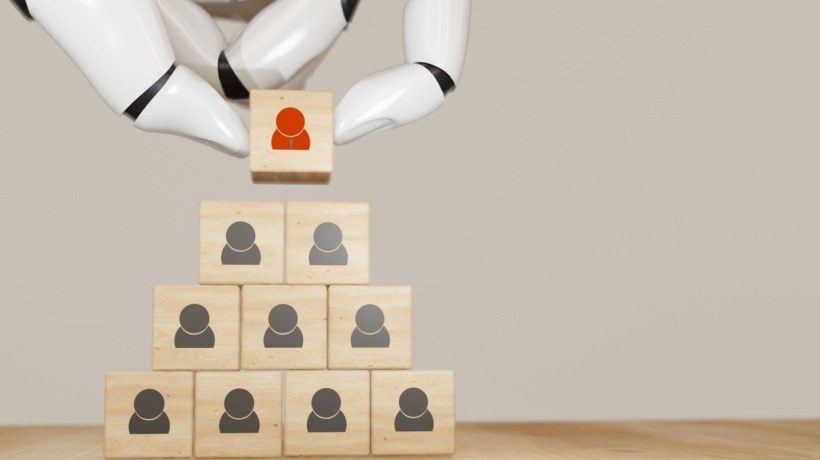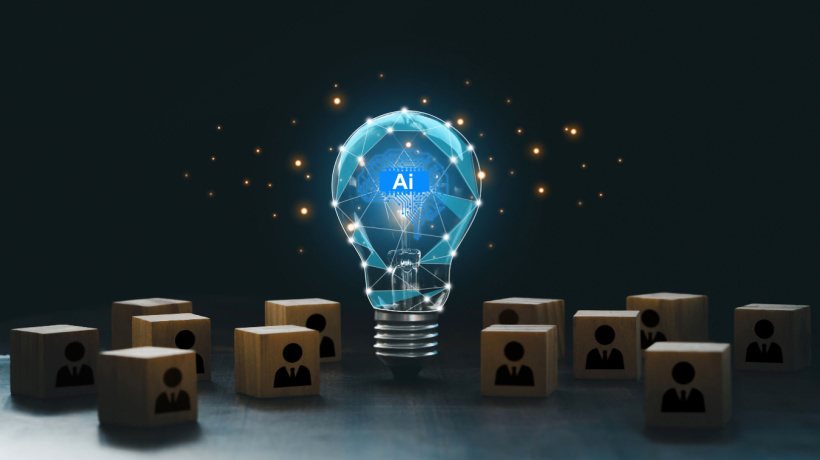What HR Professionals Should Know About Automation
Human Resources is the heart and soul of every company, as it's responsible for the most important aspect: employment management. That is everything from recruitment, onboarding, and training to payroll and employee well-being. And yet, manual processing of these tasks leads to a lot of paperwork, which can be overwhelming for HR professionals. Thankfully, automation is here to lend a helping hand. With new technologies arising every day, HR departments can now streamline and speed up their processes, freeing up more time for people-centered tasks like supporting employees and optimizing company culture. Let's take a look at all the ways professionals can automate HR processes at every stage of employment.
How To Automate HR Processes During The Employee Lifecycle
Recruiting And Hiring
One way to automate this part of the process is by asking applicants some predefined questions as part of their application, such as whether they're open to traveling for the job or working remotely. Another thing that can be a time saver is automated interview scheduling, especially when you're dealing with a large number of applicants. With this feature, you can set your availability, and candidates are able to book a time that works best for them. Recruitment tools also help you create and post job ads, filter resumes by relevant keywords, and make well-informed decisions, all while saving you valuable time and resources.
Onboarding And Training
The first step to welcoming new hires is to give them the best onboarding experience. Automation helps you deliver a satisfying and informative process while again giving you more time to work on less repetitive tasks. Let's talk about paperwork, for example. Your new employees will need to sign contracts, fill out forms, and send them to you for review. Make this process easier with an automation tool that will keep track of the necessary documents. Training is also a crucial part of onboarding. Use an automation tool to create a checklist of all the must-know topics about their positions and get insights about their performance during training.
Project And Task Management
After you've successfully onboarded your new hires, it's time to give them tasks and monitor their progress. Instead of doing it manually, invest in a project management tool. These allow you to assign tasks with a click and see what everyone's working on. Plus, everyone can automate their repetitive tasks, giving them more time to focus on the more exciting parts of their roles. This will make collaboration much easier and smoother, as people will know exactly what their peers are working on, thus minimizing unnecessary emails. And, since everyone is on the same page, it's easier to focus on deadlines and produce quality work.
Offboarding
Seeing a member of the workforce leave can be tough, but it's also a critical task for the HR department. You want to ensure that your departing employees have a seamless and professional transition. Unfortunately, the offboarding process can be challenging on several levels for HR professionals. Automating employee offboarding makes the process easier and more efficient. Streamline the process by creating a checklist of offboarding activities, tracking each step and ensuring that everything is documented. This documentation can help you prevent legal issues and keep everything consistent and compliant.
Retirement
With just a few clicks, you can initiate this procedure, and the exiting employee will be able to sign all of the necessary documents digitally. The tools also offer support and advice. Thanks to AI assistants, employees get personalized recommendations about retirement plans and can set their financial goals. The best part is that your retiring staffers will not need to worry about the process as they navigate the next stage of their lives because they'll get notifications and updates every step of the way.
Challenges To Consider
Security Issues
It's critical to keep employees' information safe and secure. Look for automation systems with robust security features, like end-to-end encryption and multi-factor authentication (MFA). And, of course, all employees need to be trained to use those systems safely and responsibly.
Lack Of Resources
The cost of HR software can be a significant roadblock for many organizations, which is why some might hesitate to invest. The truth is that these tools can help increase your ROI by streamlining HR processes and reducing the risk of error. This can ultimately save you time and money, leading to increased productivity and profitability.
Resistance From Employees
Since you plan to introduce a new initiative that will significantly alter how your organization works, it's understandable that your workforce might not be thrilled about it initially. However, you can change that by involving employees in the process and seeking their feedback to gain their trust and support. You'll also get valuable insights that can help you make informed decisions and ensure that the initiative is successful.
Conclusion
It's no secret that technology has changed the way HR works. Automation has the power to not only make life easier for HR professionals but also make the employment experience better for your teams. Take time to evaluate which processes or tasks are more demanding in your company, and then look for automation tools that will help to improve resource allocation and alleviate heavy workloads.









